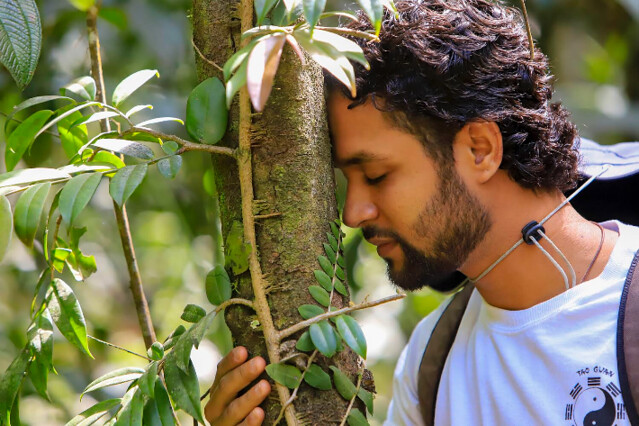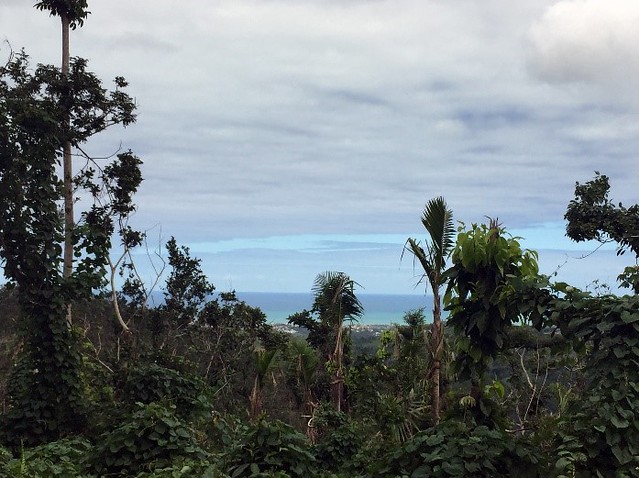
In September 2017, Hurricane Maria, a deadly category 5 hurricane devastated Dominica, the U.S. Virgin Islands and Puerto Rico.
Amidst the devastation was the El Yunque National Forest, the only tropical rainforest among the USDA Forest Service’s 193 million acres. Reliably lush and green, the forest was left denuded and nearly unrecognizable.
Today, El Yunque is bouncing back and many places like the Quedabra Grande Recreation Area are being reopened, thanks to the work of more than 100 volunteers on National Public Lands Day 2019.
National Public Lands Day is celebrated every September and is the nation’s largest single-day volunteer event in support of America’s public lands.
Volunteers helped to clear trails and remove overgrown vegetation, debris and trash from the area to extend, and improve recreation opportunities to communities in the forest’s southwestern region. The joint effort was made possible through Forest Service partnerships with Fundacion Amigos de El Yunque and Corazon Latino.
In addition to the service work, volunteers were also able to take part in the first-ever citizen science project on the El Yunque. Called “Redescubre el Yunque,” or “Rediscover El Yunque,” and led by Amigos de El Yunque, participants collected data to monitor forest health, composition and recovery.
One of the most unique aspects of this day of service, was “Forest Bathing,” or Forest Therapy, an activity in which participants embrace their surroundings using all of their senses to connect more deeply with nature. A Forest Service representative, serving as an Association of Nature and Forest Therapy Certified Guide, offered a two-hour session, in which participants slowed down, took in their surroundings and reflected on the “more-than-human-world” around them.
“Seeing this experience transform people first hand is simply amazing,” said Tamberly Conway, partnerships, diversity and inclusion specialist with the Forest Service, who also serves as a certified guide for the Association of Nature and Forest Therapy. “Witnessing people take in the sights, sounds and sensations of the forest around them and then listening to how it impacted them was extremely powerful.”
Participant evaluations revealed their experience connected them more deeply to the land and built a sense of community among strangers. Many said that the experience evoked an intense appreciation for the natural world and created a stronger desire to take care of the forest, which is sacred to the Puerto Rican people.

“Nature is our true home, it provides us with everything we need,” said Ricardo Burke, one of the participants. “Forest Therapy connects us with our most natural selves in which we realize an opening, contact and visualization, guided in a safe environment.”
The good news is that you don’t need a certified guide to seek a similar experience when visiting your national forests. Get out to experience your national forests by slowing down and focusing on your sensory connections. It can unite you with your forests in profound ways that can’t be measured, and the experience can also drive a desire to lend a hand in caring for these lands.
You can visit our volunteer page to find those opportunities or call a forest or grassland near you to learn how to connect to your national forests.

